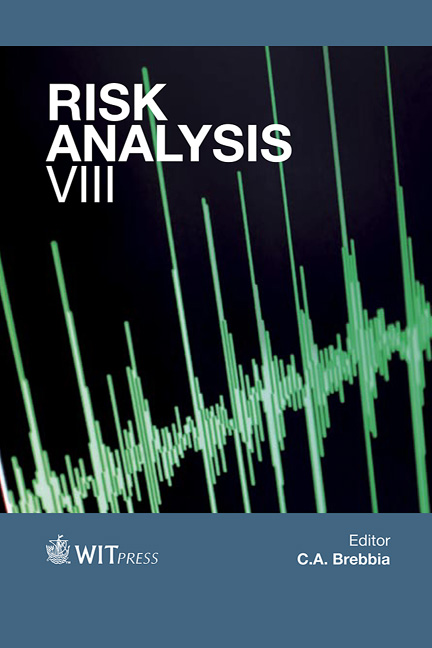Using Remotely Sensed Data To Identify Areas At Risk: A Case Of Central Slovenia
Price
Free (open access)
Volume
44
Pages
12
Page Range
43 - 54
Published
2012
Size
1355 kb
Paper DOI
10.2495/RISK120051
Copyright
WIT Press
Author(s)
M. J. Auflič & M. Komac
Abstract
People have lived with hazards since the dawn of the human race. Humanity has never (and nowhere) been fully safe against natural hazards. Hence the gathering of knowledge about these dangerous phenomena and the urgency to understand them is a necessity. Different natural or human factors have triggered numerous landslides and have caused considerable economic losses over the last 20 years in Slovenia. Traditional methods used for mapping and monitoring mass movements can benefit from the application of remote sensing techniques coupled with GIS analysis. The use of remote sensing technologies, whether airborne, satellite or ground based allows a rapid acquisition of quantitative data over wide areas, reducing the field work and, as a consequence, the costs. Very useful among others is a satellite radar interferometry method of Persistent scatters (PSI) which enables very accurate component surface deformation velocity monitoring in the line-of-sight. This paper discusses the use of multiple image sets of SAR data acquired by past and current satellite platforms for monitoring landslides. Based on interferometric data the areas with slow ground motion will be identified and risk to the inhabitants on the tested area will be assessed based on the landslide hazard map. Keywords: persistent scatterers’ interferometry, slow slope movements, hazard, Slovenia.
Keywords
Keywords: persistent scatterers’ interferometry, slow slope movements, hazard,Slovenia





